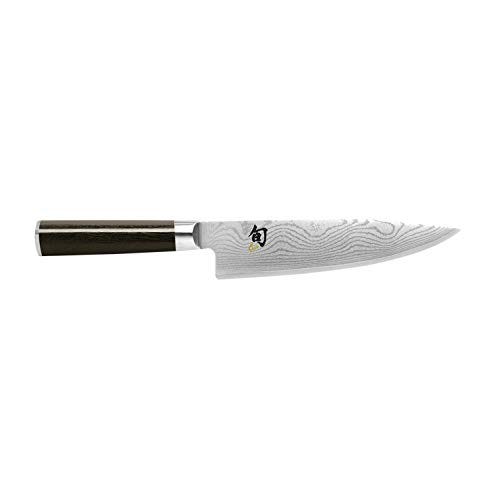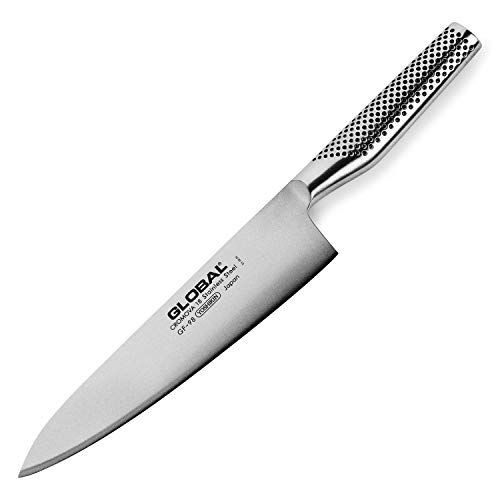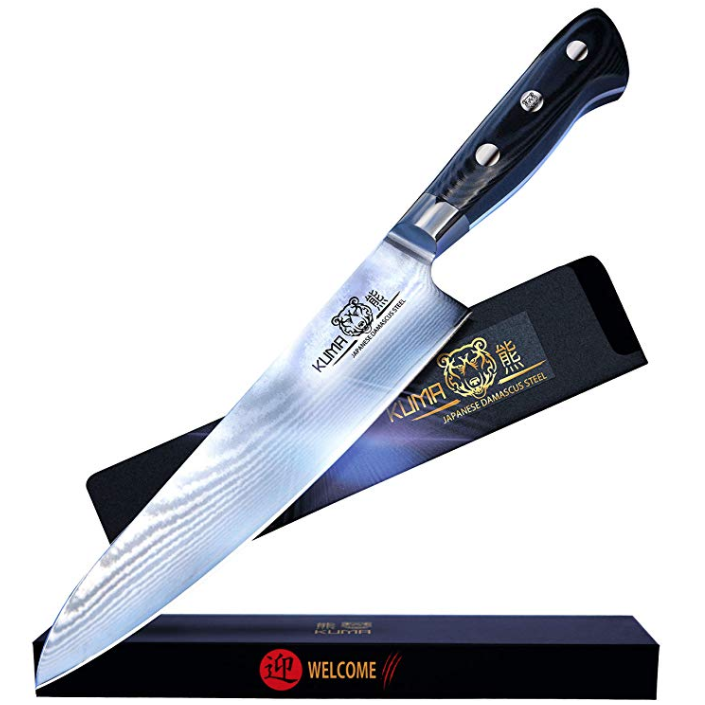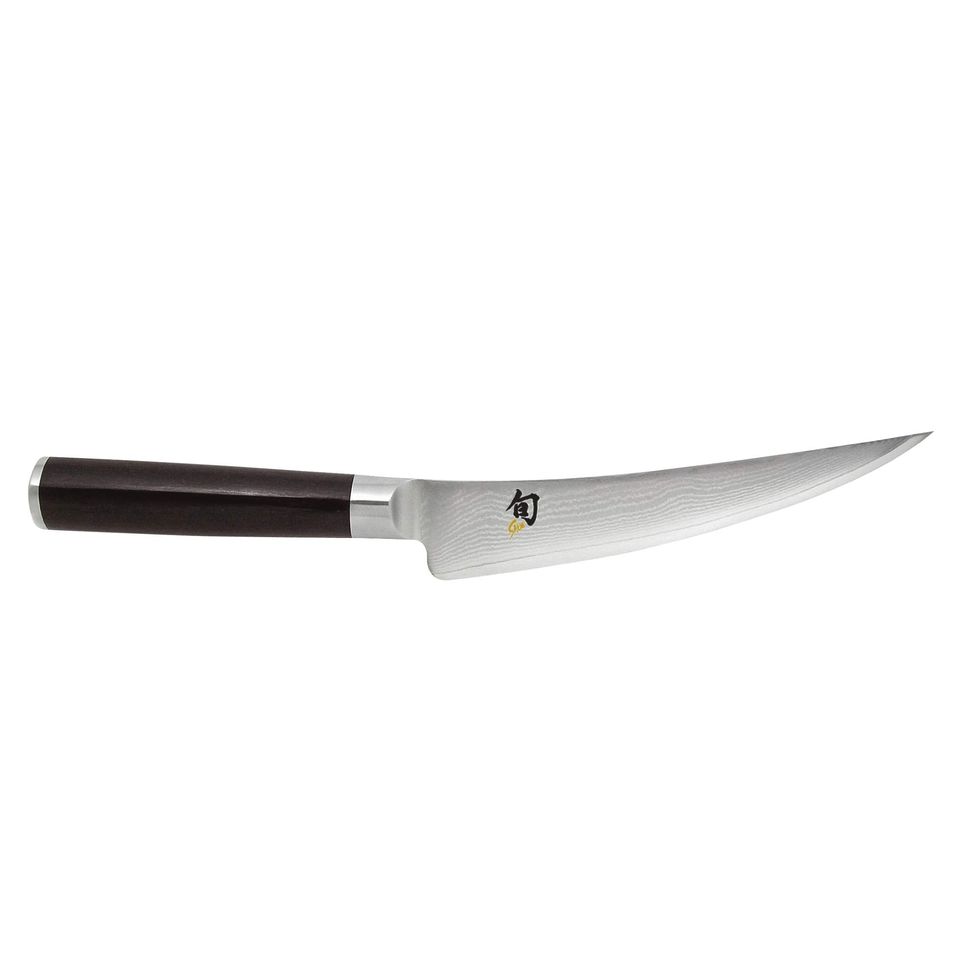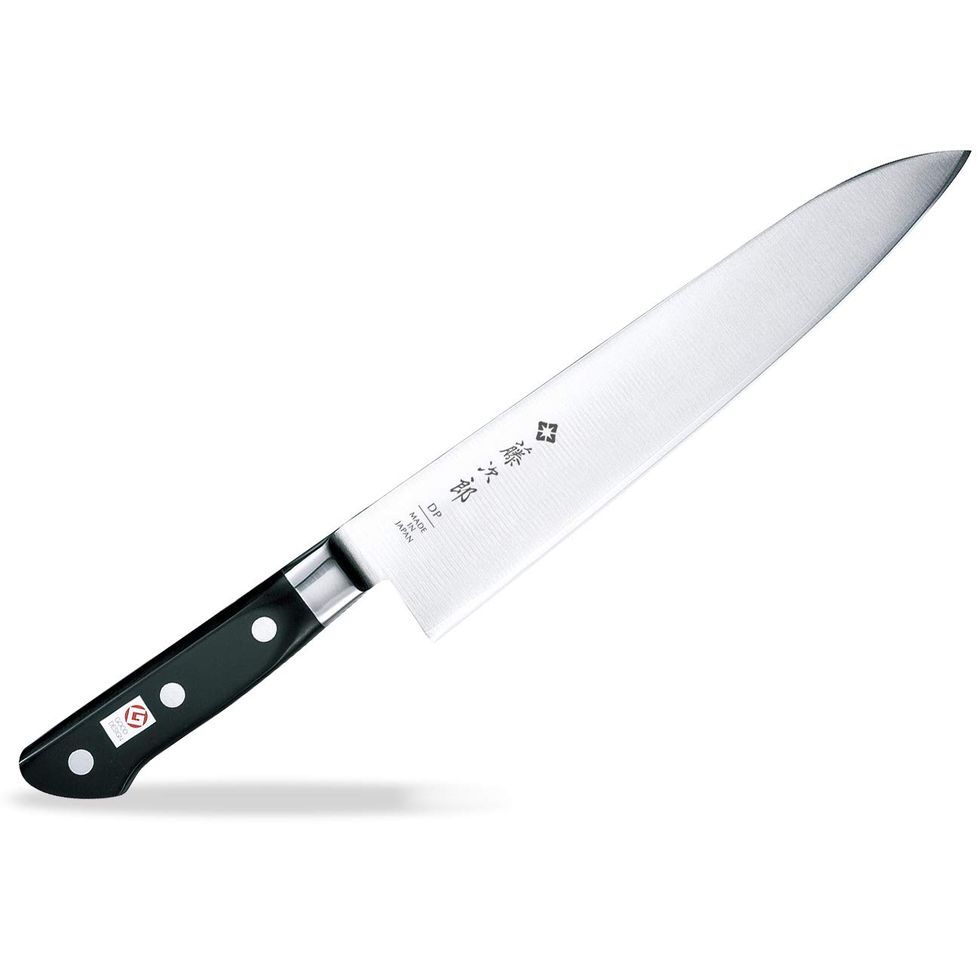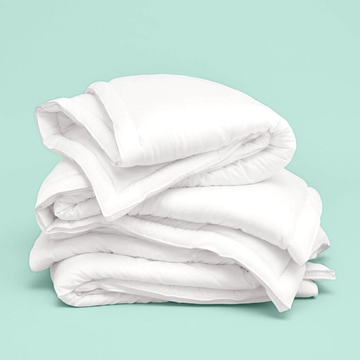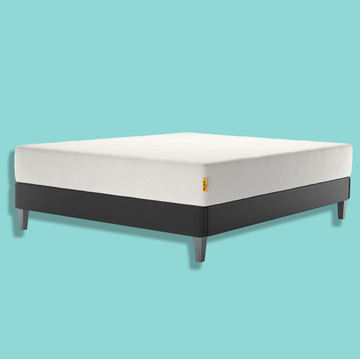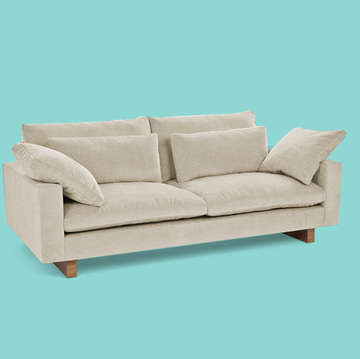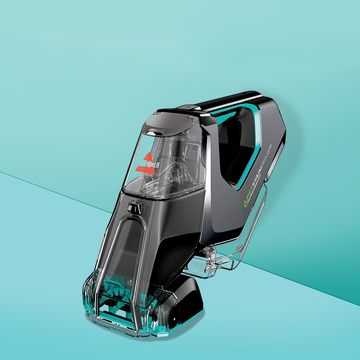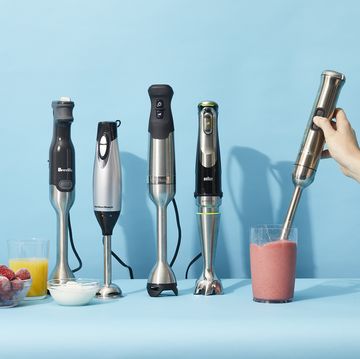8 Best Japanese Knives, Tested by Chefs and Kitchen Professionals
Impressive options, from the finest blades to the sturdiest knives for every type of food.

We've been independently researching and testing products for over 120 years. If you buy through our links, we may earn a commission. Learn more about our review process.
What is so special about Japanese knives? A coveted tool amongst many chefs, they have a reputation for their beautiful design and the sharp fine cuts they can produce. Japanese knives are generally thinner, sharper and more delicate than German knives (another popular style you'll find when shopping for kitchen knives), which also means they can be easily chipped if mishandled.
In the Good Housekeeping Institute Kitchen Appliances & Innovation Lab, we have a century-long history of testing kitchen essentials, including bread knives, kitchen knives, electric knives, butcher knives and more. For this guide, we tested over 20 Japanese knives by cutting a wide variety of foods — whole rotisserie chickens, hard carrots, fibrous celery, slippery onions, sticky cheese, soft tomatoes — to assess the knives' sharpness and comfort, as well as the grip. Here are the best Japanese knives you can buy, based on our own first-hand testing experiences as well as recommendations from professional chefs and knife experts.
Our top picks:
- Best Overall: Shun Classic 8-Inch Western Cook's Knife
- Best Value: Global 8-Inch Chef's Knife
- Best for Beginners: Kuma Damascus 8-Inch Chef's Knife
- Longest Lasting: Miyabi Birchwood Chef's Knife
While German knives are better suited for heavy-duty tasks like breaking down chicken, Japanese knives allow for thin, precise cuts and gorgeous presentation. This doesn’t mean that German knives can't execute those types of cuts or that Japanese knives can't break down chicken, it's just that delicate knife work is where Japanese knives really shine.
Vincent Lau, the sole knife sharpener at Korin, a Japanese knife store in lower Manhattan, says Japanese knives have become so popular around the world for the very reason they're integral in Japanese cuisine: They're used to enhance and preserve the ingredients, as well as accentuate the flavor of the dish.
Read on to learn more about our favorite Japanese knives, plus how we tested Japanese knives and a guide to everything you need to know about how to shop for yourself or a new, burgeoning home cook. If you're looking for more on knives, check out our guide to sharpening a kitchen knife like a pro and where to get the best cutting boards.
Nicole (she/her) is the director of the Good Housekeeping Institute's Kitchen Appliances and Innovation Lab, where she has overseen content and testing related to kitchen and cooking appliances, tools and gear since 2019. She’s an experienced product tester and recipe creator, trained in classic culinary arts and culinary nutrition. She has worked in test kitchens for small kitchen appliance brands and national magazines, including Family Circle and Ladies’ Home Journal.

Becca Miller (she/her) has been working in the Good Housekeeping Test Kitchen since 2018, where she researches and writes about tasty recipes, food trends and top cooking tools. She graduated from NYU with a liberal arts degree focusing on creative writing. She makes killer scrambled eggs, enjoys a glass of un-oaked chardonnay and takes pride in her love of reality television.
Watch Next

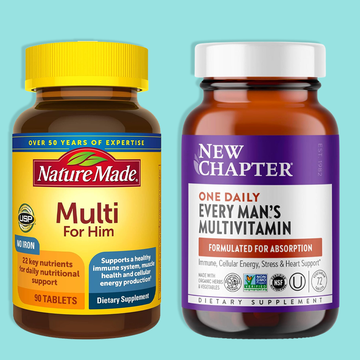
The 9 Best Multivitamins For Men
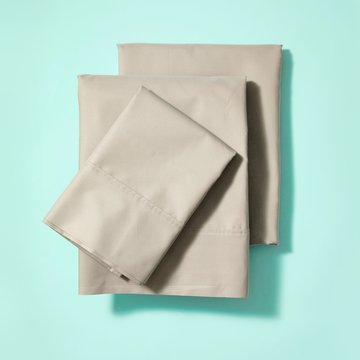
The Best Thread Count for Sheets

7 Best Latex Pillows of 2024
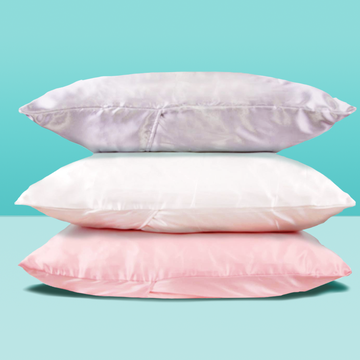
8 Silk Pillowcases of 2024
